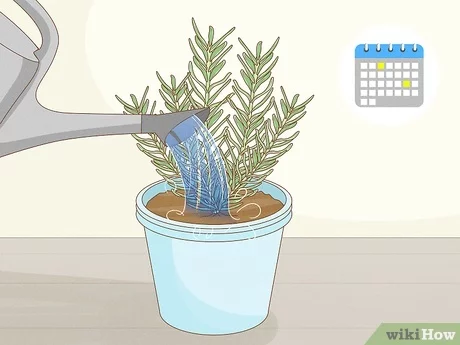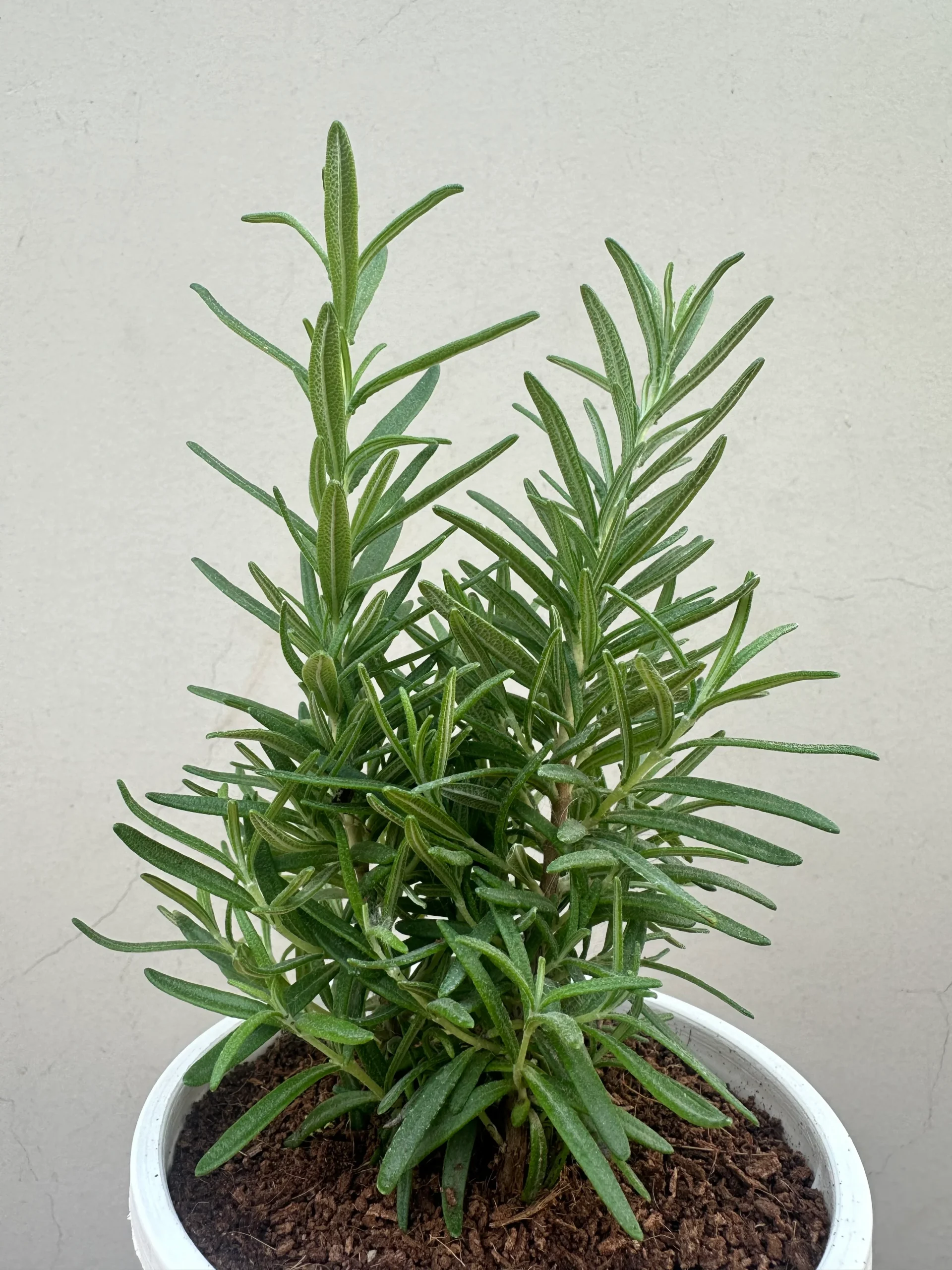Rosemary is a versatile and fragrant herb that can easily be grown both indoors and outdoors. Its woody, evergreen nature allows it to thrive with minimal care, making it a favorite among gardeners. Whether you’re growing it in a container or as a garden shrub, rosemary can add beauty, aroma, and flavor to your home. Here are six key tips to help you grow and maintain this delightful herb.
1. Start with a Cutting
Instead of starting from seed, it’s quicker and more reliable to propagate rosemary from a cutting. Select a healthy, mature plant and cut a 4-inch-long stem. Remove the leaves from the bottom inch, as this section will be buried in the soil. Not removing the leaves can cause the stem to rot, so this step is crucial for success.
2. Propagate with Rooting Hormone
To encourage faster root development, dip the cut end of your rosemary stem in rooting hormone. This product, available at garden centers, boosts the plant’s chances of successful rooting. Place the cutting in a small pot with a mixture of two-thirds coarse sand and one-third peat moss. Position the pot in a sunny spot but avoid direct sunlight, as it may harm the cutting. Keep the soil moist and warm, and within three weeks, roots should form.

3. Transplant When Roots Appear
Once the rosemary cutting has developed roots, it’s time to transplant. You can either move it into an individual pot or plant it directly in your garden. Rosemary is a hardy plant, thriving in various climates, from snow to heat, as long as the soil is well-draining. Be cautious with water, as rosemary is prone to root rot in waterlogged soil.
4. Choose the Right Growing Location
Deciding whether to grow rosemary indoors in pots or outdoors in your garden depends on your climate. In colder areas, pots allow for easy relocation indoors during winter. If you prefer to plant it in the garden, start by growing the rosemary in pots until it is well-established. Rosemary thrives in alkaline soil, which also enhances its fragrance. Some gardeners even use it as a fragrant hedge along borders or pathways.

5. Prune to Maintain Shape
Although rosemary doesn’t require frequent watering or fertilizing, pruning it occasionally can help maintain its shape and size. While pruning isn’t necessary for the health of the plant, it helps control growth, especially since rosemary can grow quite large. Trim back branches a few inches in early spring to encourage a more compact, bushy plant.
6. Harvest and Enjoy Year-Round
One of the best features of rosemary is that it’s an evergreen plant, meaning you can harvest it year-round. Simply snip off sprigs whenever needed for cooking or other uses. Rosemary can be stored in a cool, dry place until ready for use. Aside from enhancing the flavor of many dishes, rosemary is also known for its health benefits when used as an essential oil. You can even use it in simmer pots to infuse your home with its delightful scent.
With these six easy tips, you can enjoy a healthy, thriving rosemary plant that will bring fragrance, flavor, and beauty to your home for years to come.
